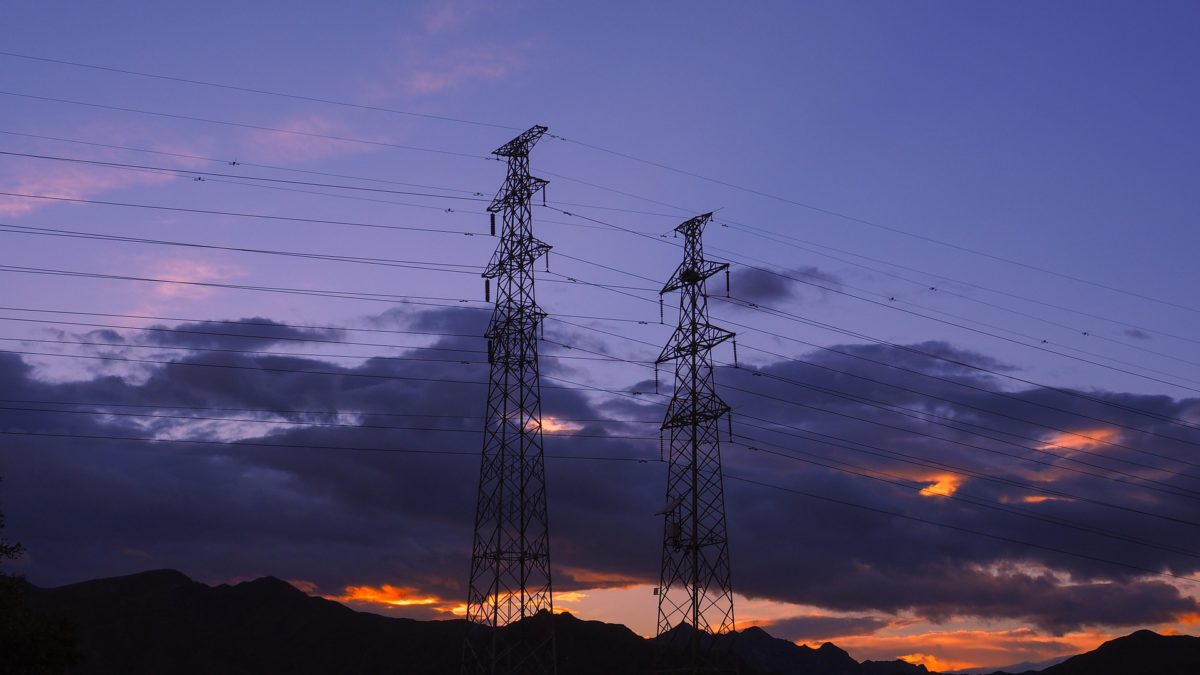Standard implementation of electrical grid infrastructure projects across Europe should be replaced by a “better project” approach, according to a new working paper published by the European Network of Transmission System Operators (Entso-E).
Although around 80% of the infrastructure projects in Entso-E’s Ten-Year Network Development Plan 2018 (TYNDP) are now being implemented, a significant number of them have been delayed, the association said. The authors of the report explained that these delays are hindering the deployment of new clean energy capacity, and the resulting grid congestion is forcing local grid operators to implement “expensive and CO2-intensive redispatch measures.”
Societal acceptance
“The delays in building the required infrastructure often result from fierce public opposition,” they also wrote. “To gain acceptance, efforts need to be put in place to engage with local citizens to address people’s concerns and needs and to jointly develop approaches to protect nature.”
The association also said the suggested “better project” approach should never involve the payment of money to local communities to win support or “buy” acceptance for projects. Instead, project stakeholders should always develop locally tailored, transparent and open planning processes, but that would also mean higher investment costs. In order to reduce the impact of potential cost increases, the benefits of the “better approach” should always be quantified and assessed, Entso-E said.
The organization’s cost-benefit analysis, which has been approved by the European Commission for the TYNDP projects, takes redispatch volumes and grid losses into account, as well as land use, CO2 emissions of energy systems, and the integration potential of renewable energy.
Substation in Germany
Popular content
The report cites the Garenfeld substation in Germany as an example of the “better project” approach working more effectively than traditional methods, although the project's investment costs are now around €80 million higher. According to the paper, measures resulting from stakeholder dialogue with local communities include the acquisition of land to move the substation to a different location, as well as changes to the specifications of the transformers and measures related to visual concerns.
“On the other hand, all citizens in the area agreed to the project implementation and did not bring the project to court,” the authors said. “As a court case can take two years, this delay was not incurred and the estimated cost of such a delay of €150 million (coming e. g. from redispatch costs) were saved.”
This means the “better project” approach would help to lower the overall bill for consumers by at least €70 million, compared to standard projects.
Entso-E said a number of national borders are also preventing optimal power exchanges between countries or market nodes. It pointed to the borders of Ireland-Great Britain with continental Europe and the Nordic countries, as well as those between the Nordics and western continental Europe. It also identified connections between the Nordic and Baltic countries with eastern Europe as problematic, in addition to the Baltic integration and the central-east integration. Other areas of concern include the Iberian peninsula integration, the Italian peninsula integration, and the connections between southeastern Europe and the eastern Balkans.
In January, the European Commission announced that €800 million will be allocated to support energy infrastructure projects under the program for trans-European infrastructure development.
This content is protected by copyright and may not be reused. If you want to cooperate with us and would like to reuse some of our content, please contact: editors@pv-magazine.com.



1 comment
By submitting this form you agree to pv magazine using your data for the purposes of publishing your comment.
Your personal data will only be disclosed or otherwise transmitted to third parties for the purposes of spam filtering or if this is necessary for technical maintenance of the website. Any other transfer to third parties will not take place unless this is justified on the basis of applicable data protection regulations or if pv magazine is legally obliged to do so.
You may revoke this consent at any time with effect for the future, in which case your personal data will be deleted immediately. Otherwise, your data will be deleted if pv magazine has processed your request or the purpose of data storage is fulfilled.
Further information on data privacy can be found in our Data Protection Policy.